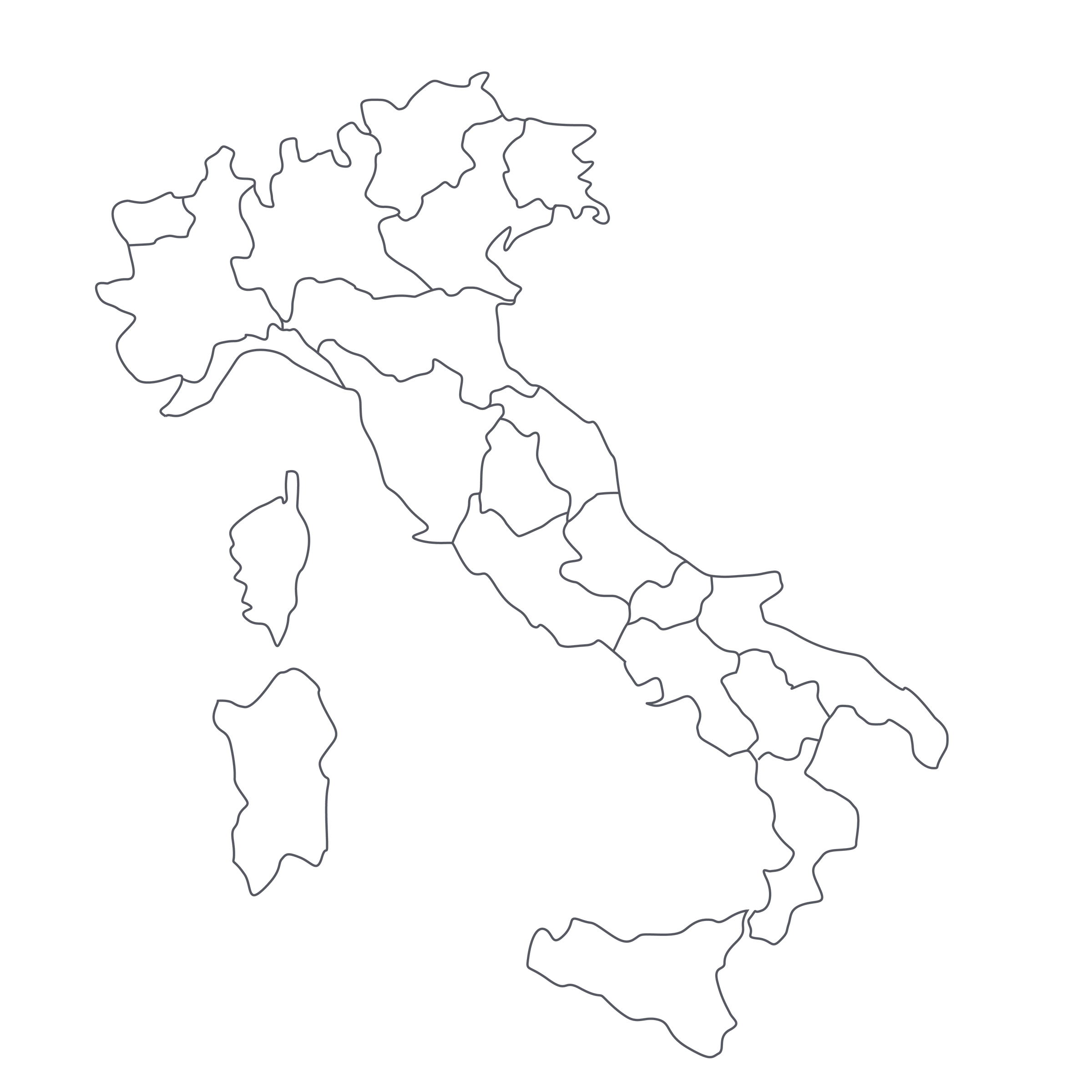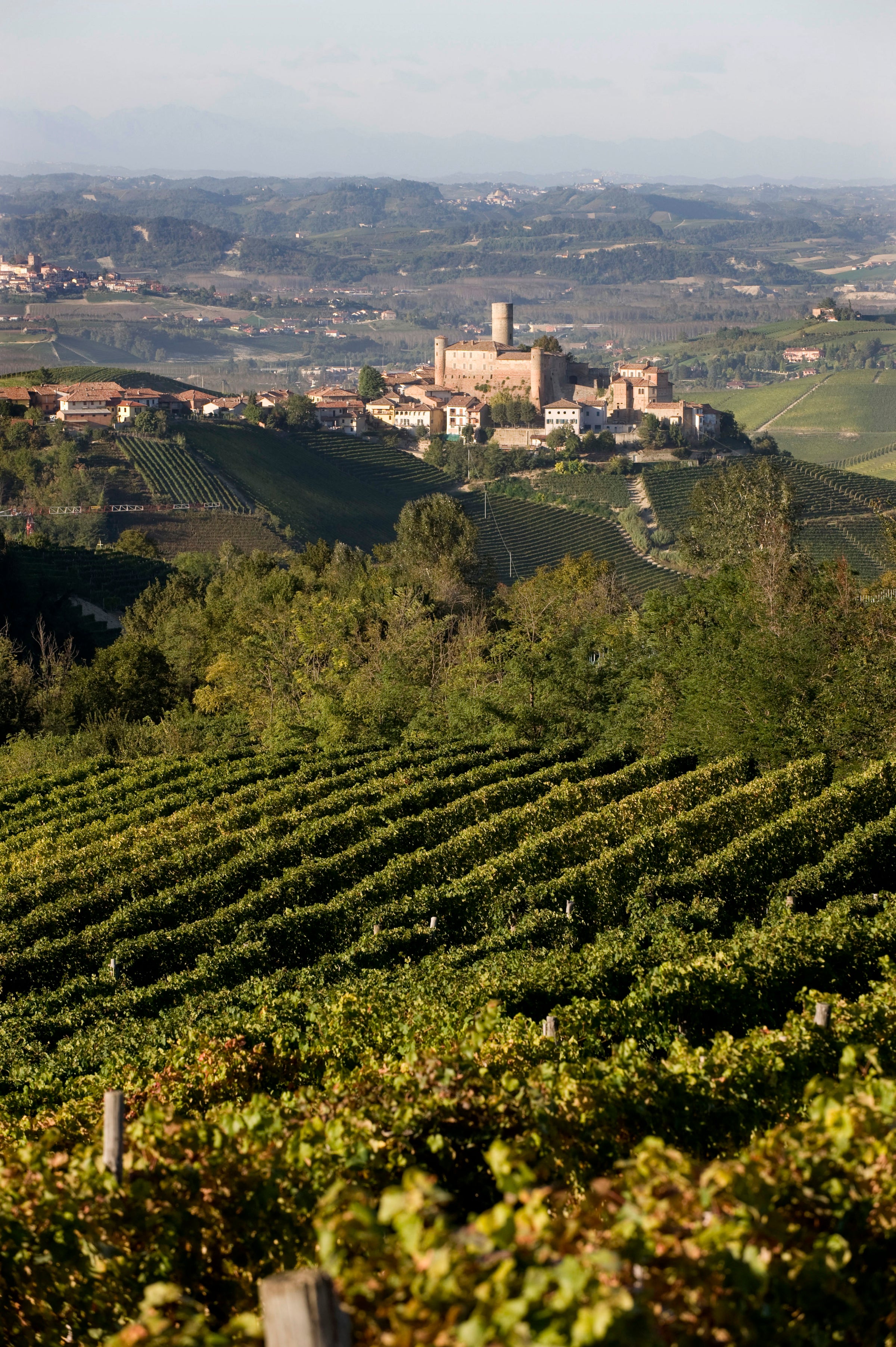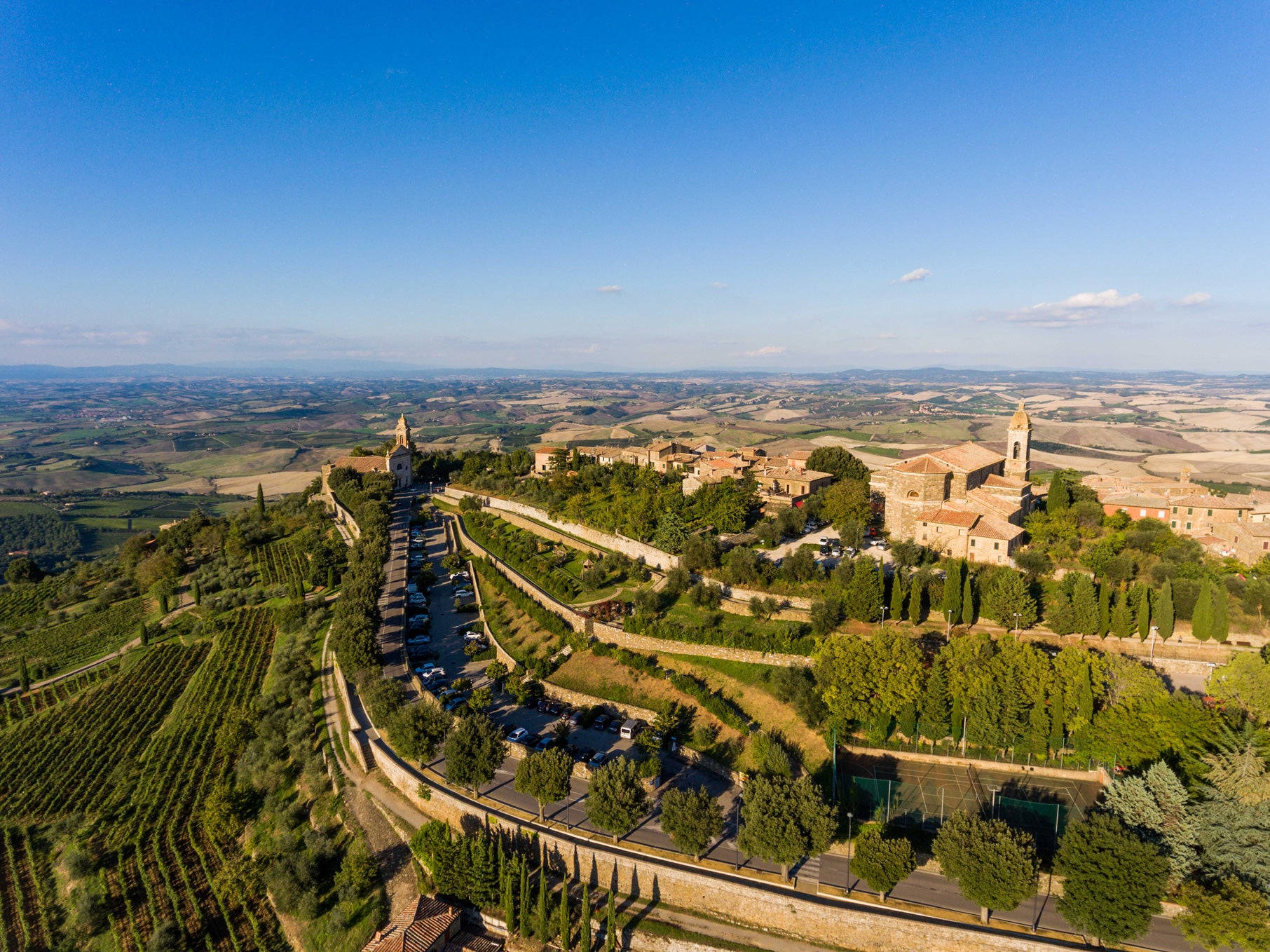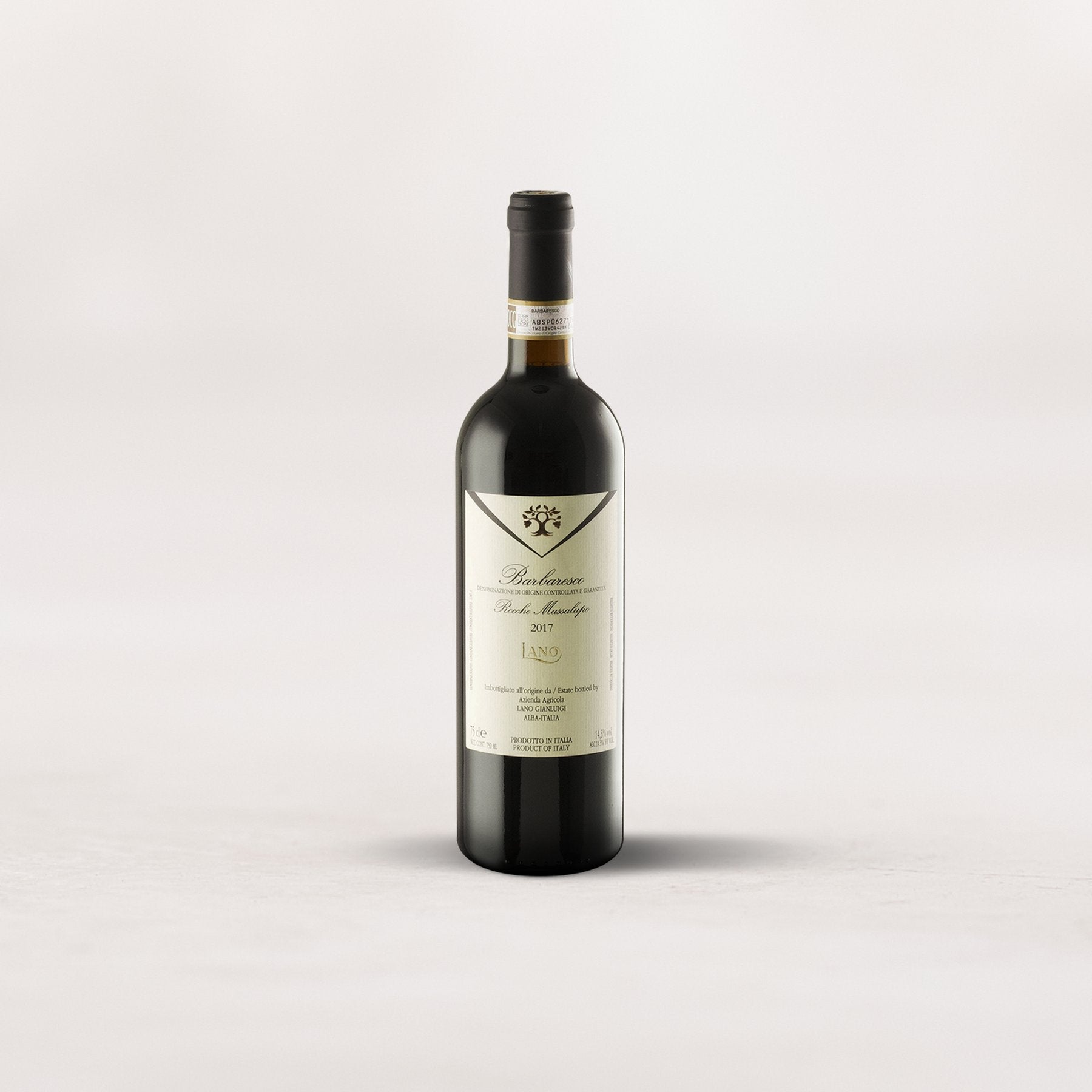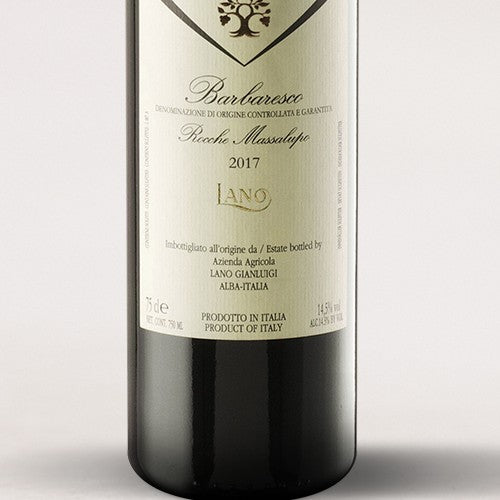When it comes to a “luxury brand” like Barbaresco, savvy drinkers desperately want the inside track. If that’s you, read the following closely. In the year since we first offered Gianluigi Lano’s magnificent “Rocche Massalupo” Barbaresco, we’ve actually watched firsthand as the sommelier community shifted it from a hush-hush collectible to a can’t-keep-stocked sensation.
First, a coveted by-the-glass honor at The French Laundry. Next, a luminous star turn at San Francisco’s Quince/Cotogna/Verjus mini-empire. And now, it’s making waves in a multitude of LA hotspots. All this, while our own subscribership has graciously (and voraciously) inhaled each once-per-annum allocation. The explanation for all this hysteria isn’t complicated: With intense perfume, concentrated soil character, and unhurried winemaking, each bottling is an exceptional expression of the hallowed Barbaresco terroir. I encourage everyone to uncork one of these concentrated and unabashedly enjoyable 2017 beauties immediately, only if you promise to stash the others deep in your cellar; they will age for decades. In short, the jaw-dropping quality, ‘sweet spot’ evolution, and $45 asking price for blue-chip Barbaresco always makes Lano’s Rocche Massalupo one of the year’s unbeatable offers. Enjoy!
The Rocche Massalupo cru sits at the southern edge of the Barbaresco growing zone, as does the Lano family cantina, in the village of San Rocco Seno d’Elvio. Were you to drive through this little town it’s likely the naturally farmed and relatively wild-looking Lano vineyards would catch your eye: synthetic pesticides, fertilizers, and herbicides are all forbidden, so don’t expect one of those neatly manicured tracts with nothing but dirt under the vine rows. The soils here are alive and un-manipulated, producing pristine grapes that are given the most traditional, minimalist treatment in the cellar—and yes, you most certainly can taste it! Exceedingly pretty, silky, and evoking both mineral-rich earth and ripe, sun-kissed fruit, this is what people mean when they call Barbaresco the “queen” to Barolo’s “king.” As history has shown us time and again, it’s often the Queen who truly reigns supreme—and, aside from a few top-tier restaurants, you won’t encounter Lano’s wines often (if at all) in the US market.
Working with vineyards handed down from his father, Gianluigi Lano only began bottling wines under his own label in the early 1990s. Assisted by his wife, Daniela, and son, Samuele, he has made organic farming a priority and obtained certification a few years ago. The family produces a concise lineup of wines, including two Barbarescos, with today’s hailing from the only cru vineyard, Rocche Massalupo, that belongs entirely to San Rocco Seno d’Elvio. Only a portion of this village falls within the boundaries of the Barbaresco DOCG zone, and its other Barbaresco-designated vineyards—“Rizzi,” “Montersino,” and “Meruzzano”—bleed into the village of Treiso. The contours of the Rocche Massalupo are varied, as it wraps itself around a hillside all the way from the south (and even a little southeast) up to the northwest. The Lanos source grapes from parcels facing south-southwest, sharing space in the Rocche Massalupo with several neighbors, including legendary Pio Cesare, who also count it as a key site.
Although this 2017 fires out of the bottle with brawny machismo, it evolves in breathtaking fashion with as little as 30 minutes of air. In a Bordeaux stem, it delivers pure elegance in the form of currant, roasted plum, and licorice alongside a savory melding of dried tobacco leaf, black stone, burnt orange peel, and turned earth. This is approaching full-bodied but its layers are in perfect harmony with zero excess in regards to concentration and alcohol presence. It’s a perfect candidate for a vino da meditazione—a complex wine crafted for patient, multi-day consumption.
Gianluigi Lano has built his career on elegant, classic Barbaresco so if drinking in the near term, please decant for no less than 30 minutes and serve at 60 degrees in large Burgundy stems. But, again, I must stress that Gianluigi Lano is a master of age-worthy Barbaresco, so I recommend buying no less than six bottles and checking in on their jaw-dropping evolution every 1-2 years!
